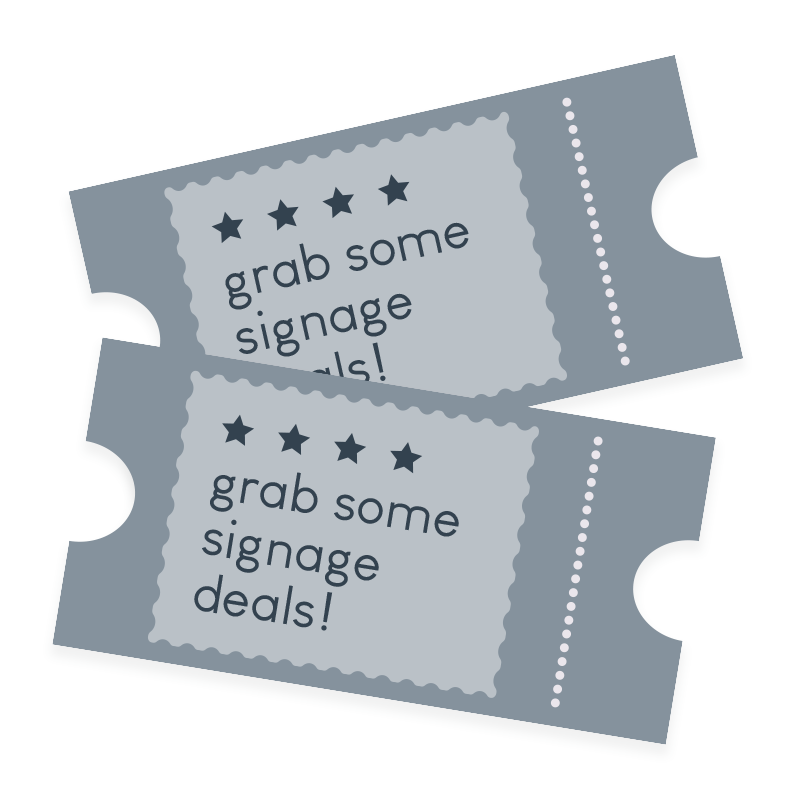
22 Oct Do gramar and speling mattar?
Of course grammar and spelling matters. It shows we care about the details and it ensures we get the right meaning across. The English language has some tricky rules and conventions so we’ve applied our love of good design to some of the commonly made errors to explain them visually.
It’s versus its
It’s is short for it is or it has. Without the apostrophe, ‘its’ shows that something belongs to ‘it’.
It’s (it is) not right that the café upped its prices with no warning.
A lot
‘Alot’ just isn’t a word.
There, their and they’re
They’re (they are) looking over there at their house.
Lose versus loose
Don’t lose that loose watch or don’t lose the race with your loose shoes.
Peak versus peek
Take a peek at the top of the mountain peak.
Stationery versus stationary
The stationary truck was full of stationery (think e for envelopes) for the office.
Dessert versus desert
Desserts typically have lots of sssugar and dry dusty deserts don’t.
Other easily muddled words that didn’t lend themselves as easily to an illustration include:
Choose versus chose
He chose what to wear yesterday even though his son usually likes to choose everything.
Cloth versus clothes
The cloth the clothes are made of is beautiful.
Compliment (free or pay a compliment to someone) versus complement (goes with)
To (toward or until) and too (excessively) and two (the number)
Licence versus license
Licence with a c is a noun (naming a thing) e.g. Driver’s Licence.
License with an s is a verb (the action), are you licensed to drive?
Practice versus Practise
Again practice with a c is a noun (naming a thing) e.g. the Doctor’s practice
Practise with an s is the verb (the action), did you practise the piano today?
Jewellery is spelt with two ‘lls’ and three ‘es’ in New Zealand.
Writing Conventions
To ensure your writing is consistent across your organisation and within a document, you may like to follow these writing conventions.
- Write numbers one to nine in words and 10 and above as numerals, unless in a table, chart, etc
- Don’t use an apostrophe for plurals, so 1990s (not 1990’s), CVs, dos and don’ts
- The name of a workplace or brand is generally considered singular – that is Google is a great search engine rather than Google are a great search engine
- Capitals are for names, organisations and places (proper nouns) not things (ordinary nouns) or words or phrases that are important to you or your organisation!
- Spell out per cent in text and use the symbol in tables, charts etc. (Percent spelt as one word is American.)
- Use a space either side of an ellipse ( … )
- Avoid using an ‘&’ unless it is part of a brand name or title
How to check?
Here at tgm we always peer check our work before a proof goes back to a client and we try and catch errors. When we’re in doubt Google is our friend. We simply type in the phrase or the words we are debating using and apply the rule or suggestion to the ad, document or website we’re working on. You may also like to download a tool like Grammarly and run your writing through that to not only check your spelling and grammar but also learn the ‘why’ behind the suggested change as well.







 grab some signage deals!
grab some signage deals! download our website checklist
download our website checklist